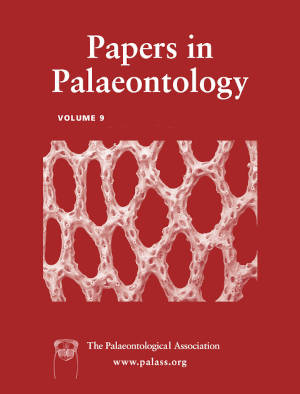Reg. Charity No. 1168330

Abstract We describe new Late Miocene mammalian specimens from the Maimará Formation (Late Miocene to Early Pliocene) exposed at Humahuaca Basin (23°–24°S), northwestern Argentina (NWA), and analyse their taxonomy and relevance for our understanding of the initial stages of the Great American Biotic Interchange (GABI). The stratigraphical and geochronological control of the studied specimens indicates a time window of c. 6.6–5.8 Ma. These data are crucial for establishing the oldest records of the Holarctic immigrants of the GABI. The first record of cricetid rodents from the Maimará Formation is reported. Moreover, with an age of c. 6 Ma it is the first appearance datum (FAD) of these rodents in South America. The age of the procyonid Cyonasua recorded in this unit is estimated between c. 6.6 and c. 6.4 Ma. The record of procyonids and cricetids in the same continuous sedimentary sequence suggests that the time interval between the dispersion of both groups into the continent during GABI was c. 1 myr. Of the autochthonous mammals from the Maimará Formation, the first records of litopterns, chlamyphorid and mylodontine xenarthrans, and caviomorph rodents (including new species Pithanotomys? solisae and Palaeocavia humahuaquense) are described. FADs of immigrant and autochthonous mammals in NWA suggest a major faunal turnover during GABI at the Messinian, probably linked to global climatic changes and the tectonic activity that affected the Humahuaca Basin at that time. Hypsodonty, a dominant feature among Maimaran mammals, may be related to a landscape strongly influenced by the Andean uplift.